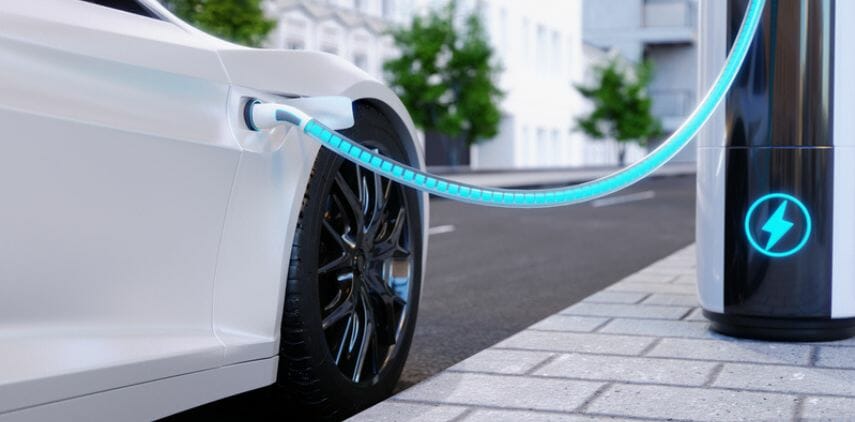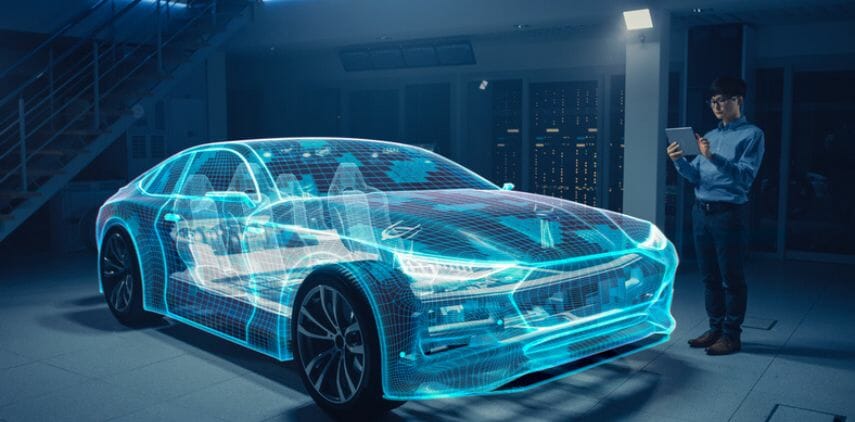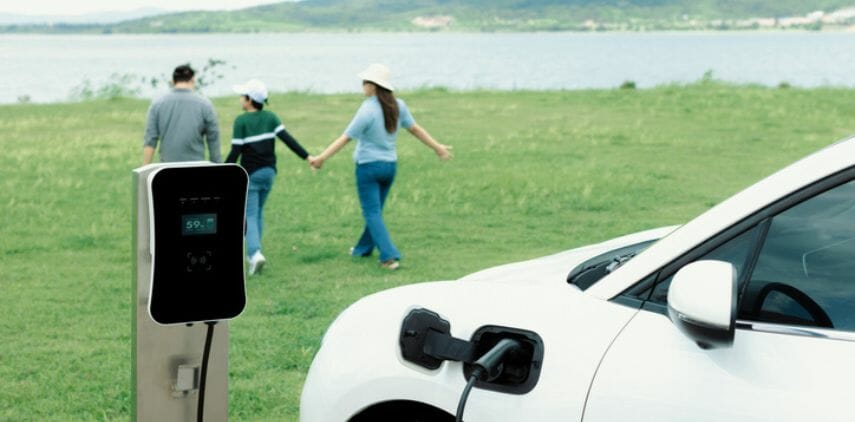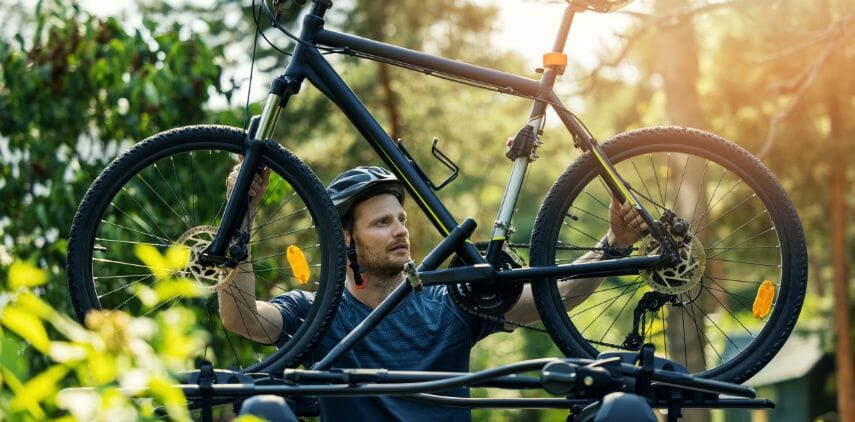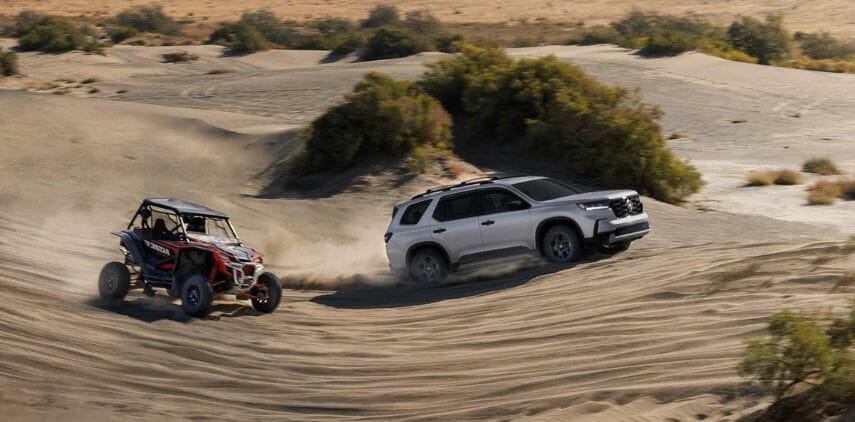Anyone who has switched from a sedan to an SUV or vice versa might notice that both vehicles brake slightly differently. While the brakes in sedans and SUV models are the same, how you should brake is different. Before switching vehicles, familiarize yourself with how brakes work in an SUV.
Table of Contents
An Overview of the Braking System
Have you ever wondered why your car needs its brake fluid topped up? That’s because the brake system is primarily powered by hydraulic pressure. The brake fluid is a key player in activating the braking mechanisms.
Attached to the brake pedal is a piston. Pressing the brake pedal causes the piston to push the brake fluid from one or two large cylinders (also known as the master cylinder) into a set of small cylinders at the tires, sometimes called wheel cylinders or slave cylinders.
Once the fluid enters these cylinders, they push another set of pistons outward to trigger the brakes, creating friction between the tires and the road, and stopping the car.
Your vehicle doesn’t stop as soon as the brakes are applied. The size and speed of your vehicle affect its kinetic energy, and more kinetic energy means more time and force are required to stop the vehicle.
When driving at 70 miles per hour and then hitting the brakes, you’ll stop more quickly in a sedan than in an SUV. This logic also applies to different types of SUVs as well. A subcompact SUV will stop more quickly than a midsize SUV, which will stop more quickly than a full-size SUV.
Many vehicles also use braking safeguards or features, like the ABS (automatic braking system) to keep your tires from locking and your car from skidding, computer-assisted braking features, or regenerative braking in electric vehicles and SUVs. However, these are different features and are not part of the core hydraulic system.
Disc Brakes vs. Drum Brakes: How They Work
The pistons in the wheel cylinders function differently depending on whether your SUV has disc brakes or drum brakes. Most new SUVs are equipped with disc brakes in the front and drum brakes on the back, although some older vehicles are fully decked out with drum brakes.
With disc brakes, the pistons in the wheel cylinders are connected to a brake caliper. When filled with fluid, the pistons in these calipers clamp a set of brake pads against the brake rotor, bringing the tires to a halt. Disc brakes provide more braking power and are more consistent than drum brakes, so the front brakes of most vehicles are equipped with disc brakes.
On the other hand, drum brakes have their pistons positioned near a section of padding in the braking mechanism called the brake shoes. When the brake fluid makes its way into the wheel cylinders, the pistons shove the brake shoes against them, creating friction between the tires and the brakes.
Drum brakes have far less stopping power than disc brakes, and braking frequently over a short timespan can cause the brakes to deteriorate, so they’re usually limited to the rear wheels of your SUV (an exception would be vehicles several decades old, which may still use drum brakes on the front wheels).
So if disc brakes are more powerful than drum brakes, why wouldn’t your SUV have disc brakes on all four wheels? The main reason is safety. When you brake, the weight of your SUV is forced onto the front wheels, so the front brakes need the most power. If the rear brakes are given this same amount of power, they risk locking and sending your SUV skidding.
How the Parking Brake Works
The parking brake relies on a series of levers and cables to lock your rear wheels into place, primarily to prevent them from rolling. Unlike the primary brake system, parking brakes aren’t standardized, so how they function depends on the car you’re driving.
Since the parking brake relies on cables and functions separately from the hydraulic system, you can use the parking brake as an emergency brake if the brake pedal is unresponsive. However, these cables only control the rear brakes, which are significantly weaker than your front brakes. It’s not a replacement for a functioning brake system.
Types of Brake Pads and SUVs
While an SUV’s brakes operate the same way as a sedan’s, there is a crucial difference between them: the type of brake pads used. Brake pads are a vital feature of disc brakes because when the brake calipers close, the brake pads generate friction against the brake rotor and bring the tires to a stop. That friction means that the brake pads wear down over time.
Sedans don’t weigh as much as the average SUV, which means that when you hit the brakes, there isn’t as much weight applied. An SUV’s extra weight translates to excess strain on the brake pads and wears them down much more quickly than on a sedan, especially if you brake heavily. For this reason, SUVs are fitted with more durable brake pads, typically semi-metallic ones. Sedans, on the other hand, often use ceramic brake pads.
Of course, unless you plan on buying or replacing the brake pads yourself, the kind of brake pads your SUV uses might concern your mechanic more than you. However, that’s the most apparent difference between the physical brakes of a sedan and an SUV.
What Makes Braking Different in SUVs?
If the only difference between the brakes of an SUV and a sedan is the type of brake pads, it should be fine to brake like you would in a sedan, right? Well, not exactly. The brakes don’t work differently, but you need to consider your SUV’s weight as the driver.
Compared to sedans, SUVs are much heavier, so they need more momentum to get going. That extra momentum means they need more effort and, therefore, more room to come to a complete stop. It’s easy to stop on a dime when driving a small sedan, but trying to do the same thing in an SUV puts you at risk of plowing into something or someone. It’s impossible to stop that quickly, especially in a full-size SUV.
Luckily, braking in an SUV doesn’t have to be difficult. The main two things you need to do are give other drivers extra space and begin braking earlier. Neither of those are particularly tricky unless you have a lead foot!
Expand Your SUV Knowledge with SUViews
If you’re curious about the history of SUVs or how they function or are looking for the best SUV for you, SUViews is at your service. Take a look at our reviews of the latest and greatest SUVs on the market, or take a break from SUV research to browse our informative blog posts.
Just like your SUV should be equipped with the best possible brakes, you should be equipped with the best possible SUV knowledge so you can successfully shop for your next SUV.


